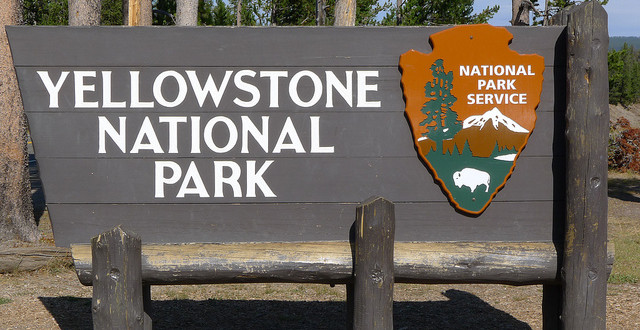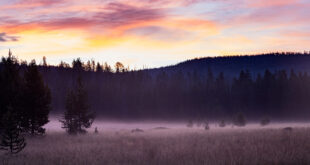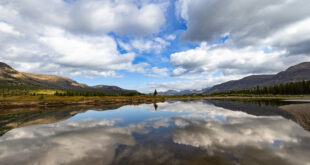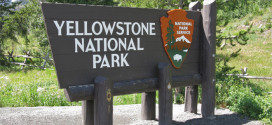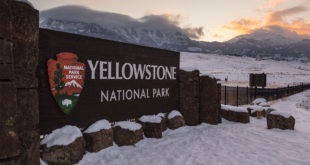With the results of a visitor use survey now published, Yellowstone National Park managers say some sort of crowd control may be in the popular destination’s future.
Visitation has grown by 40 percent since 2008, according to a park news release, which has challenged park staff as well as leading to long lines at entrance gates, overcrowded parking lots and a diminished experience for park visitors.
The park released its 400-plus page document this week detailing the results of a visitor survey conducted in August 2016.
The survey was completed by 1,257 visitors who were approached by researchers at park entrance gates last year between Aug. 4 and 14, according to the Visitor Use Survey executive summary. Yellowstone’s visitation has topped 4 million in the past several years.
Survey respondents said they think Yellowstone is too crowded during the summer season. Visitors value the park for its natural character and come specifically to experience scenery, wildlife, thermal features, a largely intact ecosystem, and sounds of quiet and nature, the summary stated.
More than half of the 1,257 visitors surveyed think there are too many people in the park.
Based on data collected in the study, 83 percent of those surveyed come from the United States and 17 percent come from abroad. Of those international visitors surveyed, 49 percent came from Europe, 34 percent from China and 10 percent from Canada.
The busiest road is the Lower Loop from West Yellowstone, with the route to Old Faithful especially so, but Canyon, Lake and Fishing Bridge areas were also reported as congested.
Earlier this summer, the park opened a new overflow parking area adjacent to the Fairy Falls trailhead. The trailhead is the access point for the new Grand Prismatic Spring overlook. The new parking area, established on a trial basis, according to a park news release last year, provides 74 additional parking spaces.
On a recent Saturday morning in July, the new lot was nearly full. Visitors have parked along the roadside haphazardly and created social trails along the roadside, which can be dangerous to those walking along the road as well as creating trails where there were none before.
And traffic levels are also high, with vehicles following closely behind other vehicles 60-80 percent of the time, the report states. According to the study, assuming a conservative 3.7-5.3 percent growth rate per year, all roadways in the park are expected to perform poorly by 2021-2023 due to traffic volume.
Two thirds of the visitors surveyed think that finding available parking is a problem, and over half think that the amount of roadway traffic and congestion are problems.
Park managers will consider all strategies to try to address the overcrowding and traffic problems, including communication and traffic management systems, shuttle systems and other types of transportation alternatives, and reservations or timed-entry systems. These strategies could be implemented in key locations or park-wide, park officials stated.
Park managers and researchers will “continue to gather information, including focused studies through 2019, that will guide the park in evaluating tradeoffs in visitor experience and developing the most appropriate strategies to address summer season visitor use challenges.”
In a news release, park officials stated “Yellowstone will reach out to its many stakeholder groups to better understand their thoughts on summer visitation and gather information to shape future management actions.”
Ryan Atwell, the park’s social scientist, summed up the problem succinctly last year.
“Yellowstone is on everybody’s bucket list,” he said. “It’s in the top five destinations to visit globally for many different cultures.”
The full report is available online at: https://www.nps.gov/yell/getinvolved/summeruseplanning.htm.
 Yellowstone Insider Your Complete Guide to America's First National Park
Yellowstone Insider Your Complete Guide to America's First National Park
